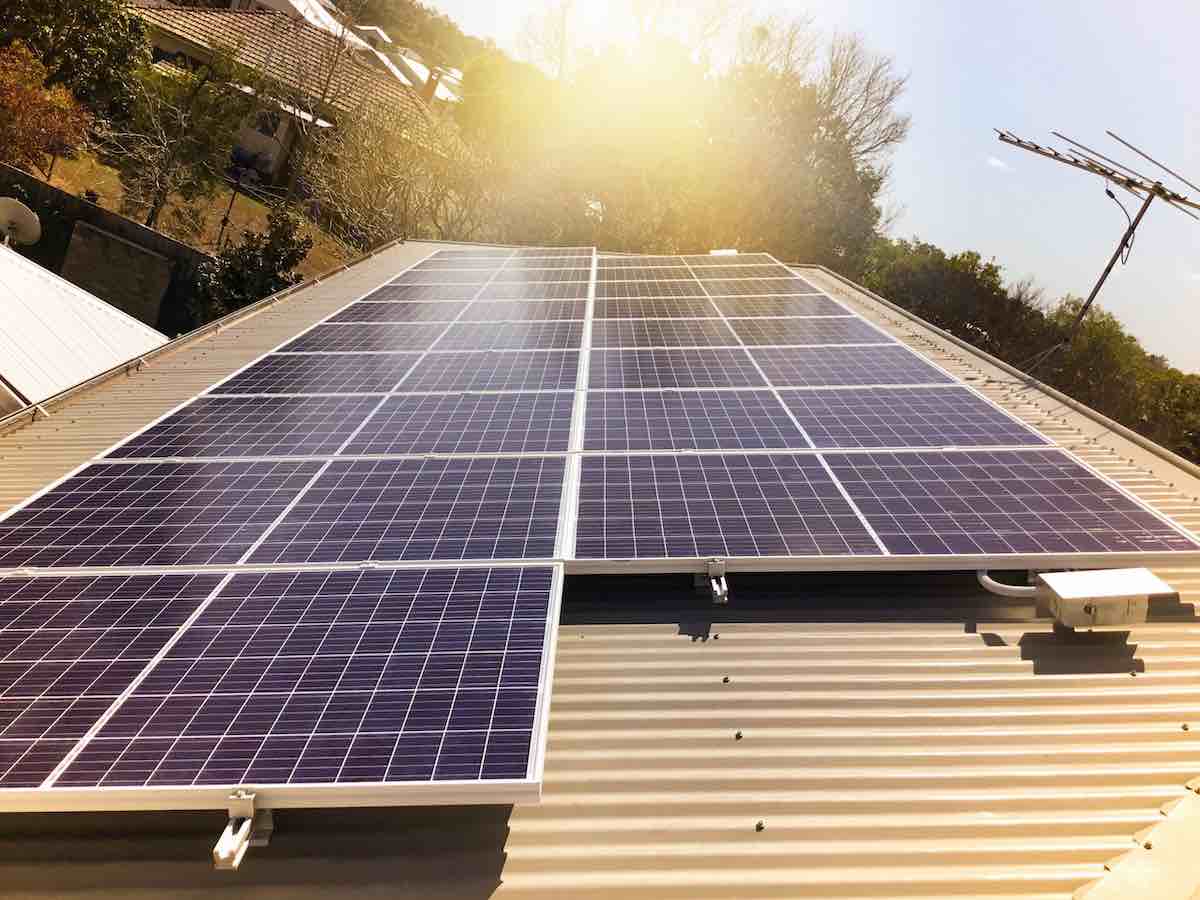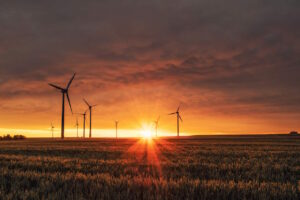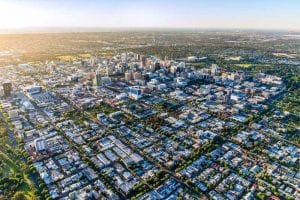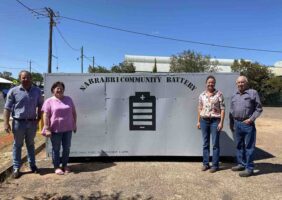Australia’s rapidly growing fleet of rooftop solar installations is starting to exert its influence over grid operations again.
The longer days, sunny skies and mild temperatures are helping rooftop solar gain an increased share of generation on the grid, and taking ever bigger bites out of the traditional coal generator lunch in the middle of the day.
“We’re entering into the minimum demand record season again,” the head of operational forecasting at the Australian Energy Market Operator, Mike Davidson, wrote on LinkedIn on Monday.
Davidson was referring to a separate AEMO post about a new minimum operational demand record of 3,459MW that had been set in Queensland at 1230pm on Saturday (Aug 19).
It noted that mild temperatures and clear skies at the time saw rooftop solar contribute up to 42 per cent of Queensland’s total electricity generation, outstripping black coal (40%), grid-scale solar (12%), and wind (6%).
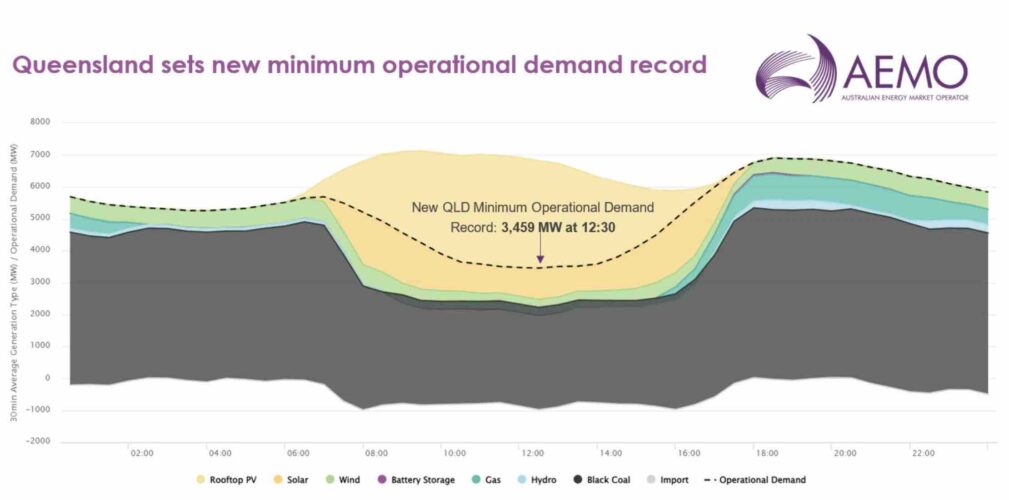
Just a half hour earlier, rooftop solar had actually set a new record share of 48.27 per cent, according to GPE NEMLog2, as black coal output in Queensland and NSW also fell to a new instantaneous low of 5,576 MW. A day later, black coal output hit another new record low of 5,465 MW.
Davidson describes this time of the year as the “Goldilocks band” – when the combination of mild temperatures and good conditions for wind and solar, and new capacity installed over the past 12 months, will see records tumbling across the grid.
“As we get closer to summer solstice we can expect the latent growth in rooftop solar capacity to surface, resulting in some significant reductions in minimum demand,” Davidson wrote.
He noted, however, that new inverter standards and the ability to “orchestrate” growing amounts of rooftop solar would support state grids such as South Australia – where the local network last year became the first of its size in the world to have all local demand met by rooftop solar.
“I’m predicting that will not be so apparent in SA (even though installations are unabated) where DER activation (of various sorts), load shifting and binding of operating constraints are likely to dampen the impact on minimum demand.”
AEMO doesn’t like minimum demand records because it threatens to make managing unforeseen events very difficult, particularly if it has no visibility and no control over the millions of rooftop solar systems.
Coal generators hate minimum demand levels even more, because it forces those generators to ramp up and down in response – something that these machines were not designed to do, although companies such as Origin have been working hard to improve the flexibility of plants like Eraring.

